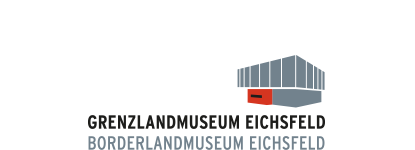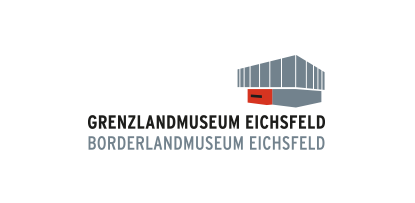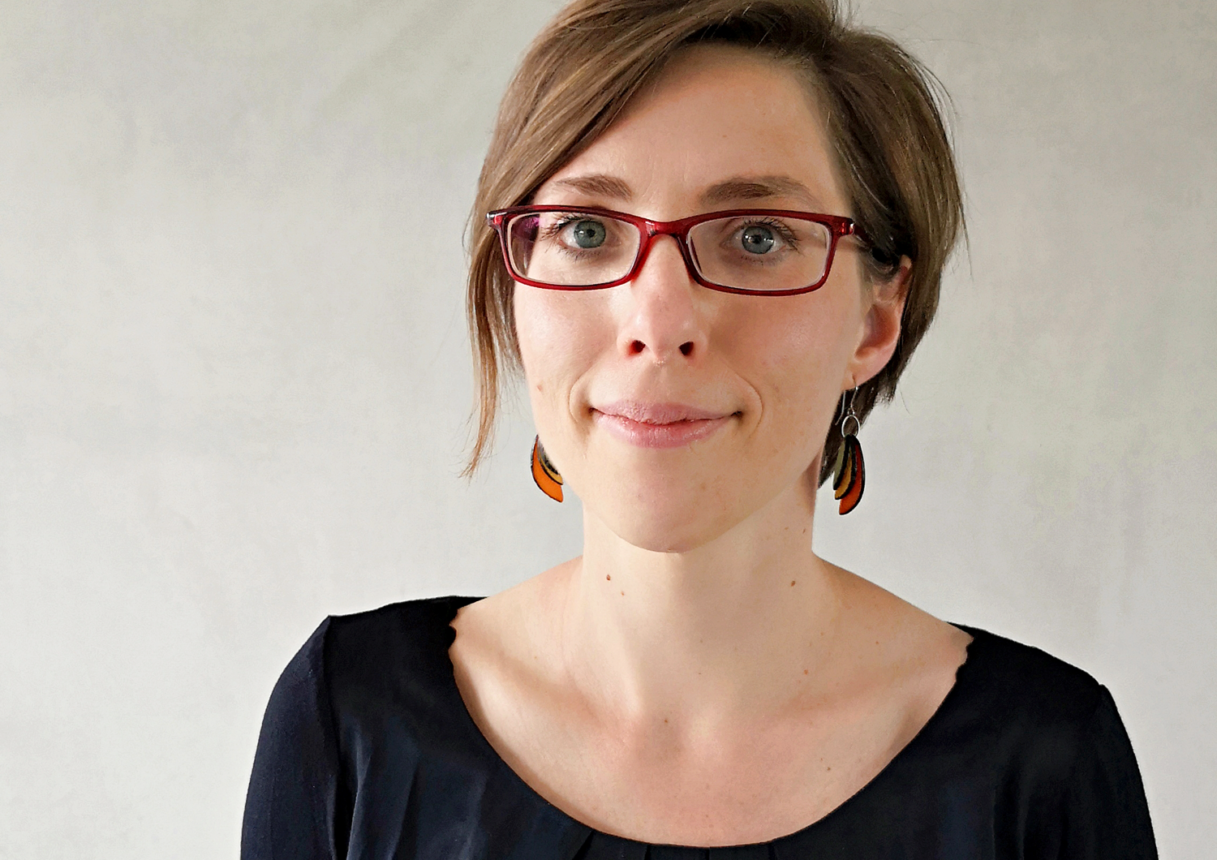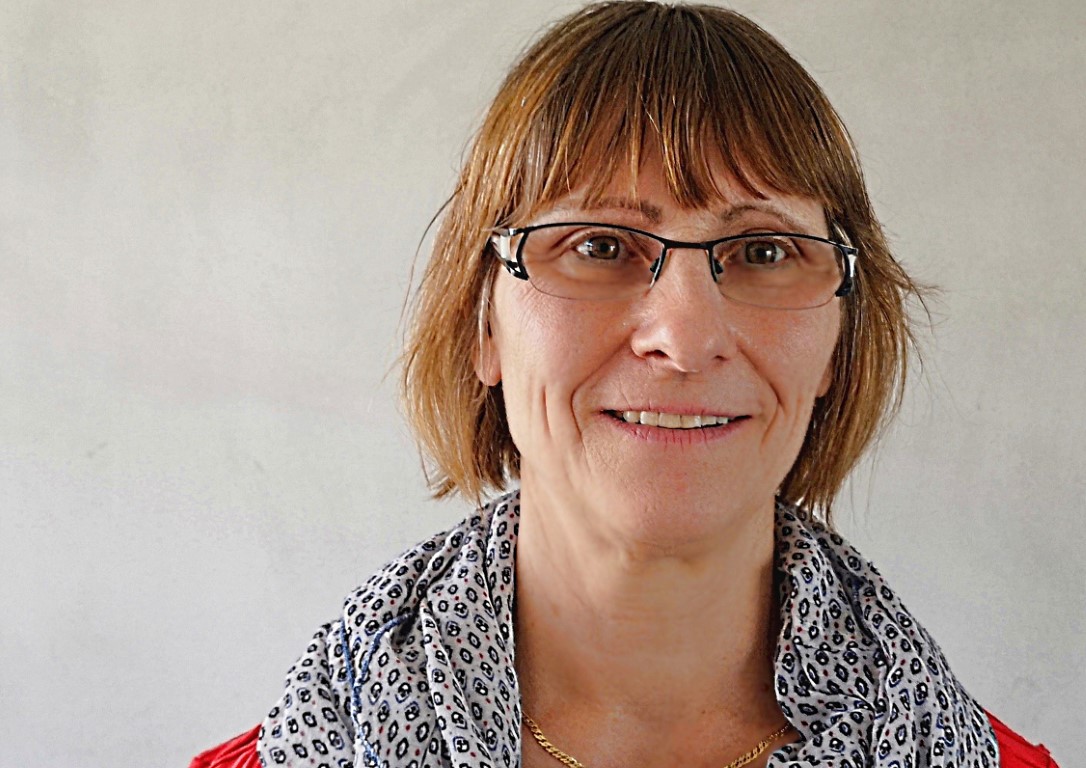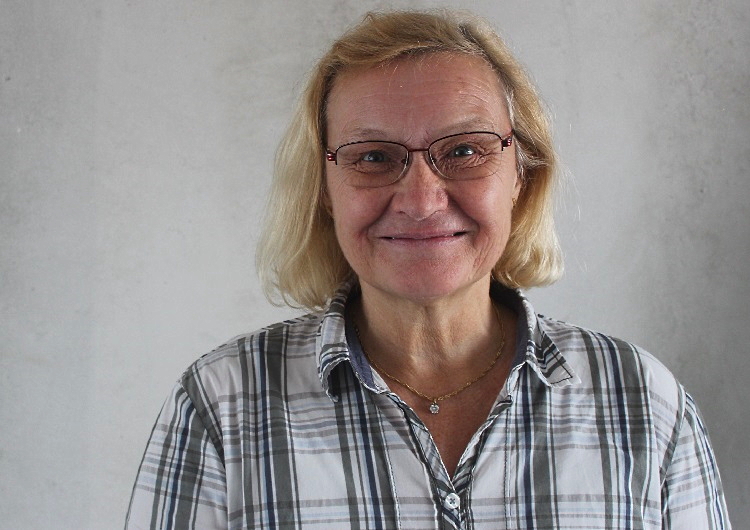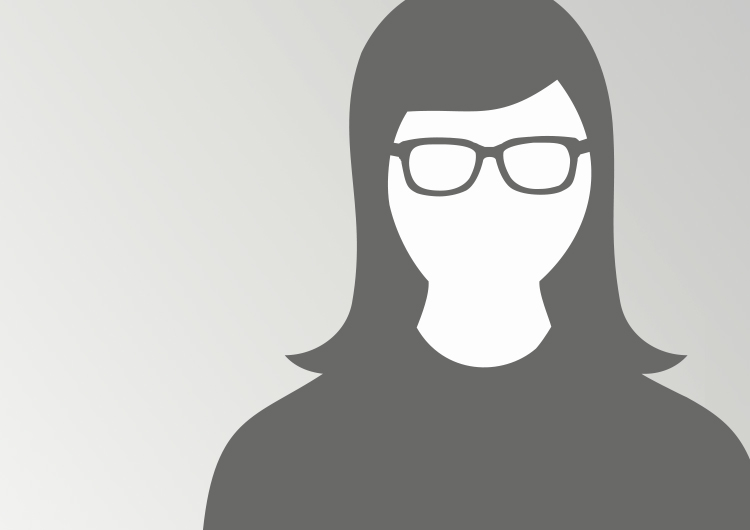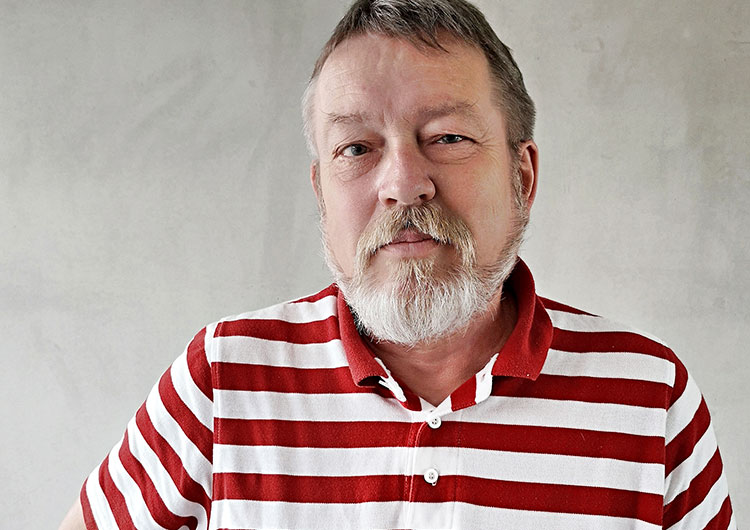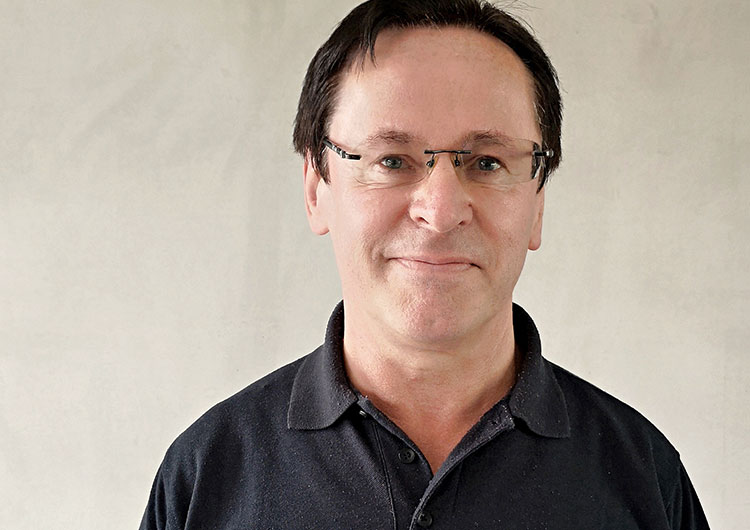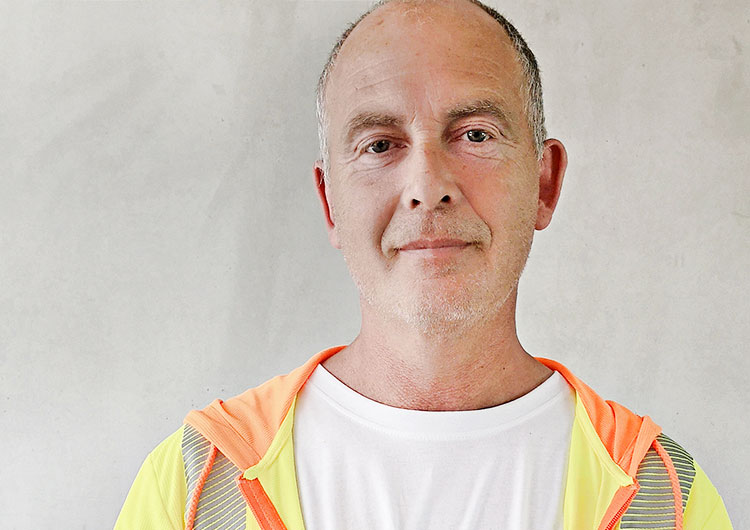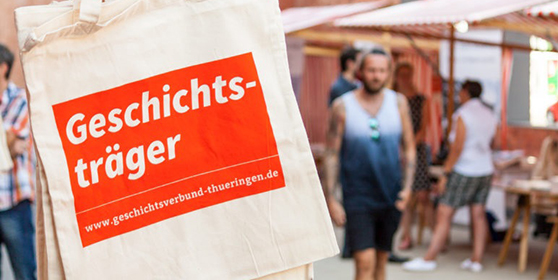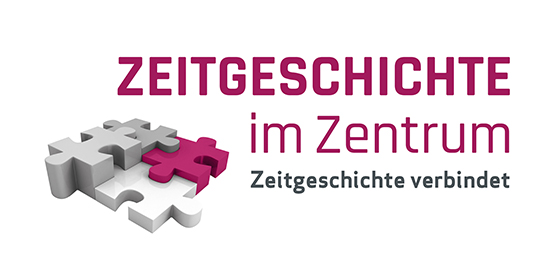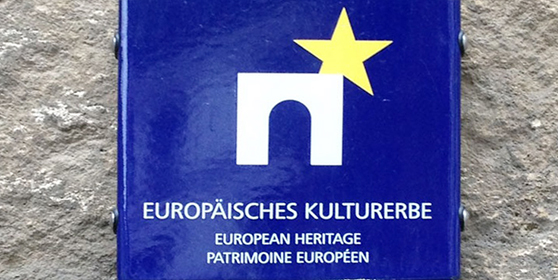For more than 40 years…
Germany was divided in two different states by an almost 1,400 km long border. A border which the GDR secured with an inhuman border regime including mines, metal fences, restricted areas and forced resettlements. A border between a liberal democracy and an authoritarian dictatorship. A border which separated families and structures that had evolved over hundreds of years. One of the regions which suffered most from this border was the divided Eichsfeld region.
Today…
The Borderland Museum Eichsfeld is located at the site of the former inner-German border crossing point Duderstadt/Worbis. This border crossing point was established on June 21th 1973 after the German Democratic Republic and the Federal Republic of Germany had agreed on rules for border traffic in the “Basic Treaty”. Until 1989 nearly 6 million travelers used this border crossing point, a small opening in a fortified “Iron Curtain”.
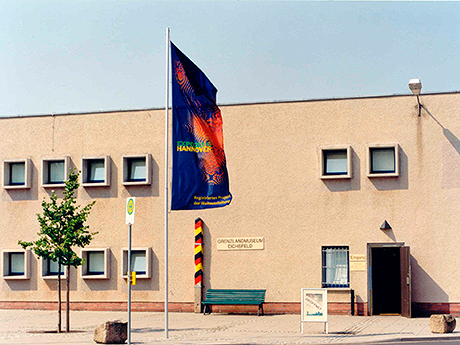

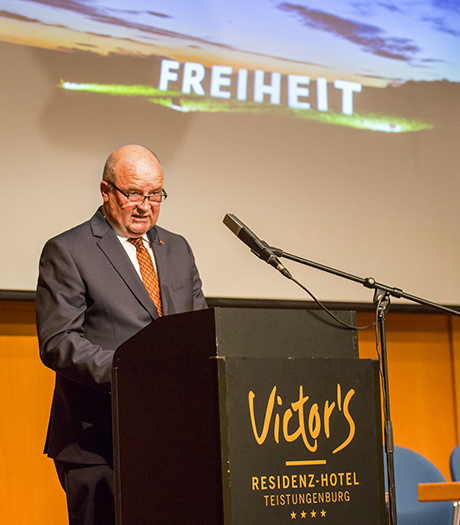
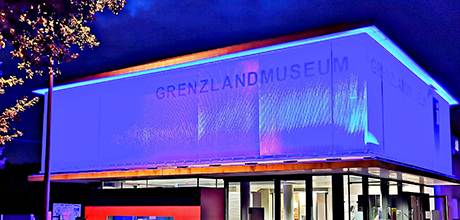
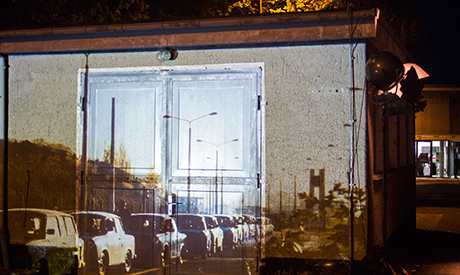
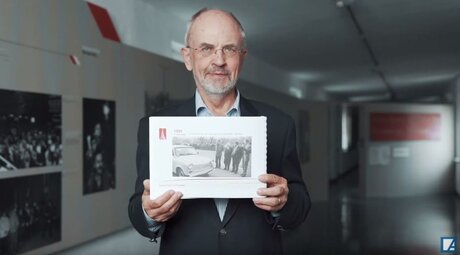
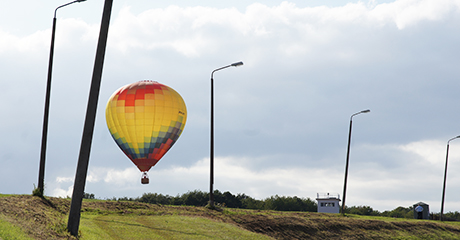
Chronicle
From border crossing point to museum
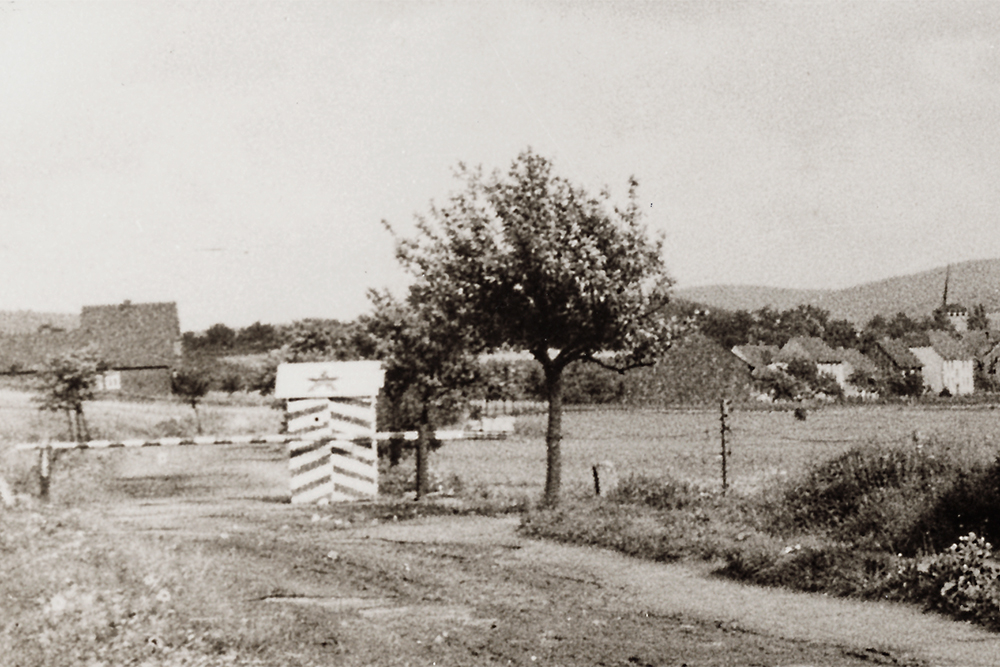
1945
As a consequence of the crimes of the Nazi dictatorship between 1933 and 1945 and the Second World War, Germany is being occupied by the Allied forces. In 1949, the Federal Republic of Germany is founded as a liberal democracy in the three Western zones while in the Soviet zone a communist dictatorship, the German Democratic Republic (GDR), is formed.
Further Stages of German Division
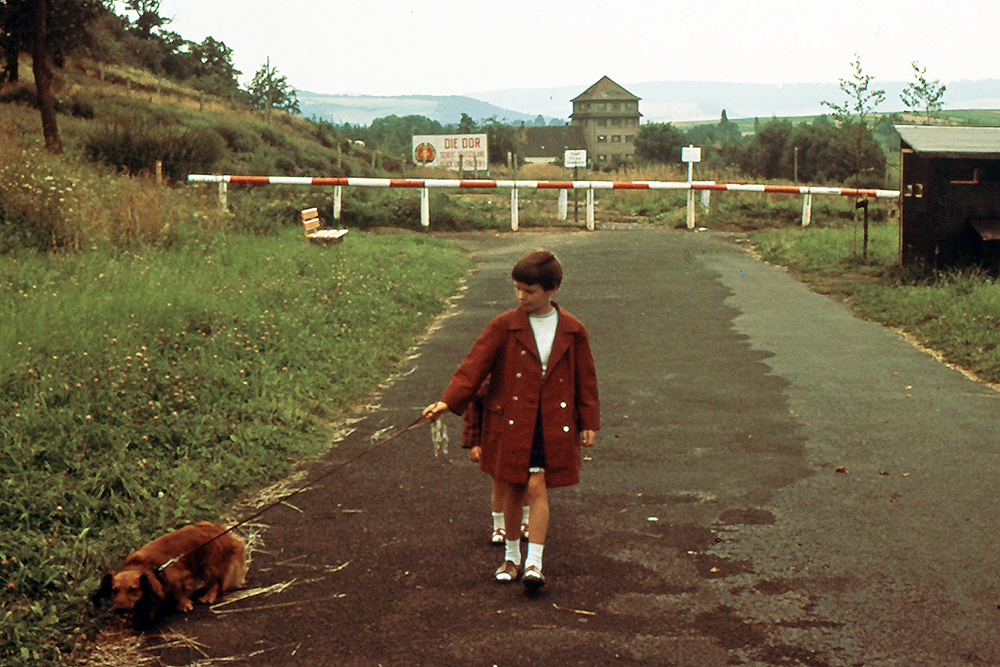
1952
In May/June 1952, the GDR starts fortifying the inner-German border. Connections between the two German states are cut off. This concerns almost all road and railroad connections, including the main road between Worbis (Thuringia) and Duderstadt (Lower Saxony).
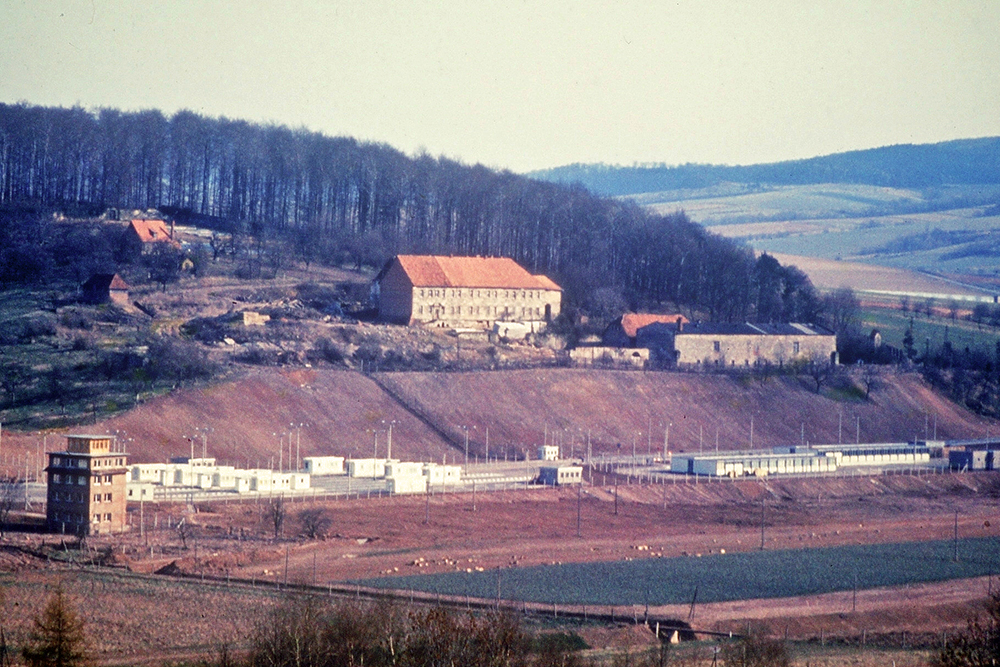
1972
In December 1972 the “Basics Treaty” between East and West Germany is ratified. As one of its consequences, four new inner-German border crossing points are built, including the one in the Eichsfeld region.
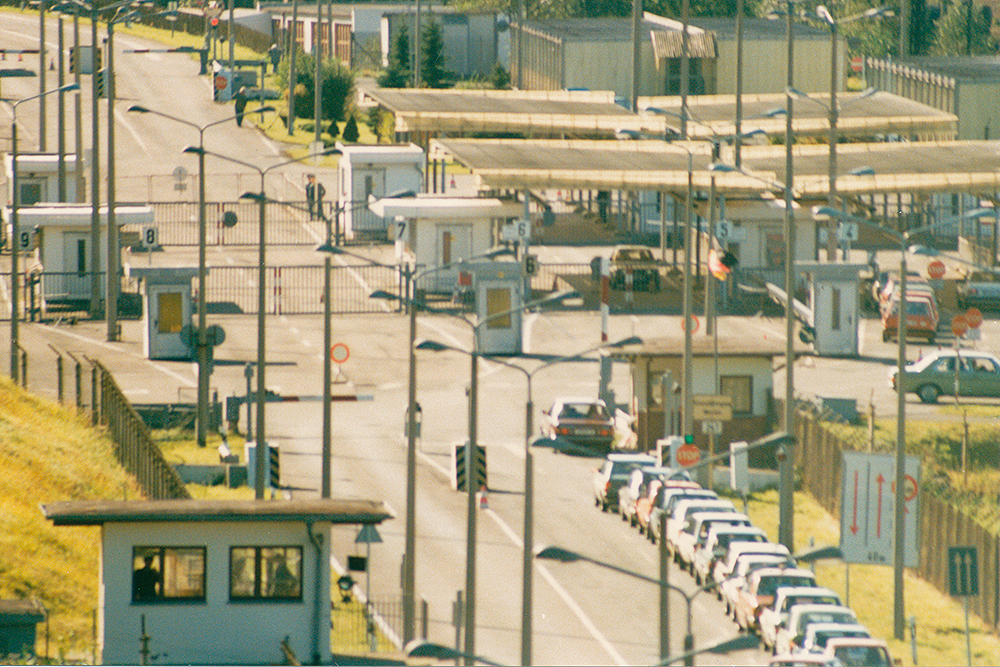
1973
In June 1973, the border crossing point Duderstadt-Worbis is inaugurated. Until 1989 it is primarily used by West Germans for one- or two-day family visits in the East.
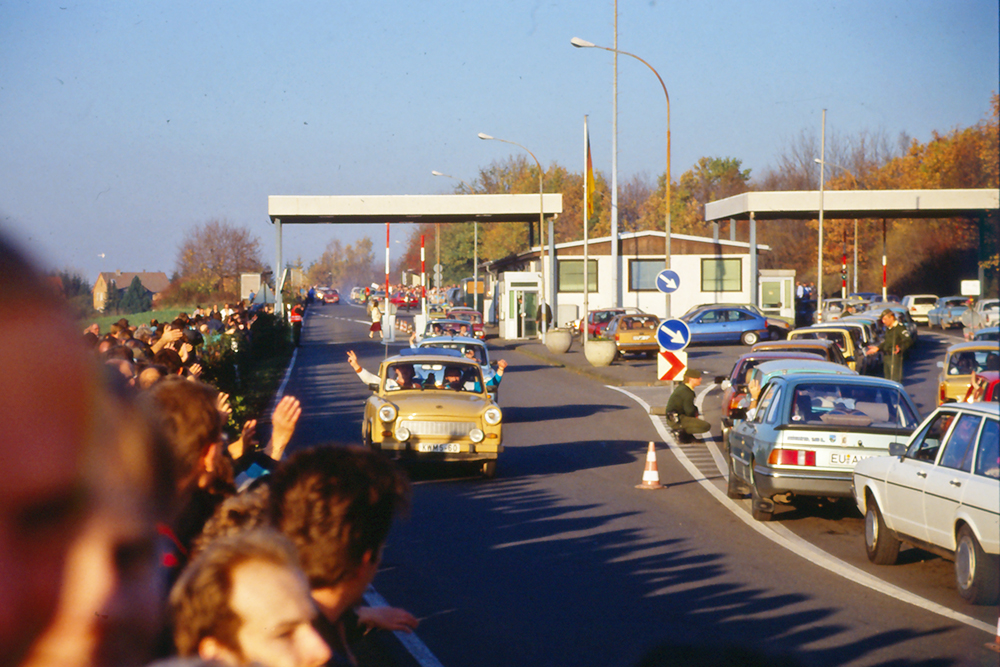
1989/1990
Mass escapes from the GDR as well as mass protests take place from late summer and autumn 1989. As a result of public pressure, the inner German border crossing points are opened up on November 9th 1989 and the following days. The very last border controls only end on June 30th 1990. On October 3rd 1990 Germany is reunified.
The History of the Museum
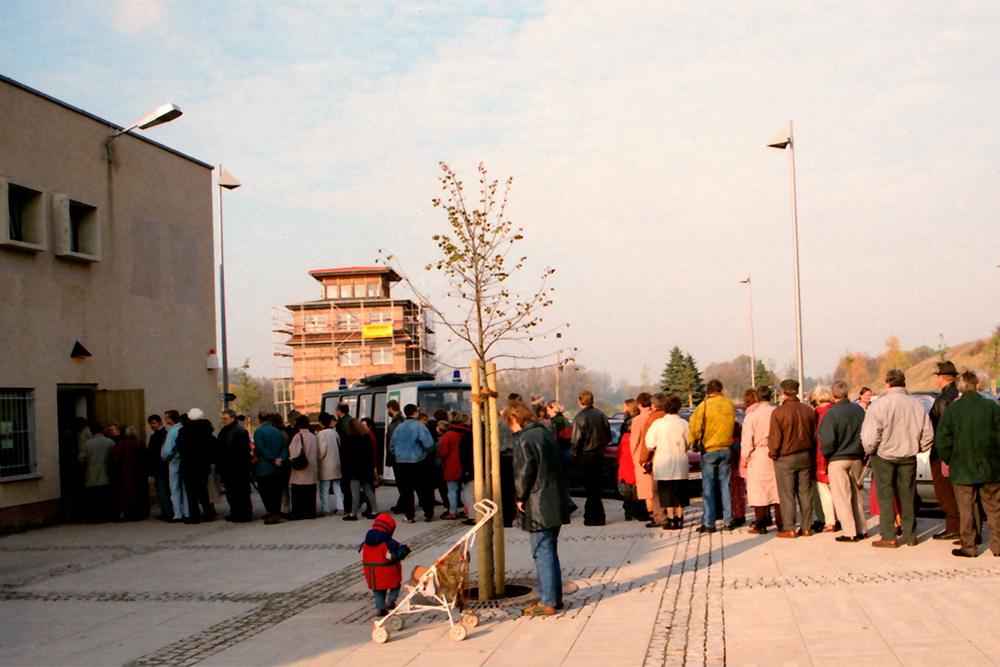
1995
On November 11th 1995, the Borderland Museum Eichsfeld is opened inside what used to be an administration and control building of the former East German border crossing point Worbis. Successively the museum is extended by exhibitions in other preserved buildings, such as former observation towers and customs buildings.
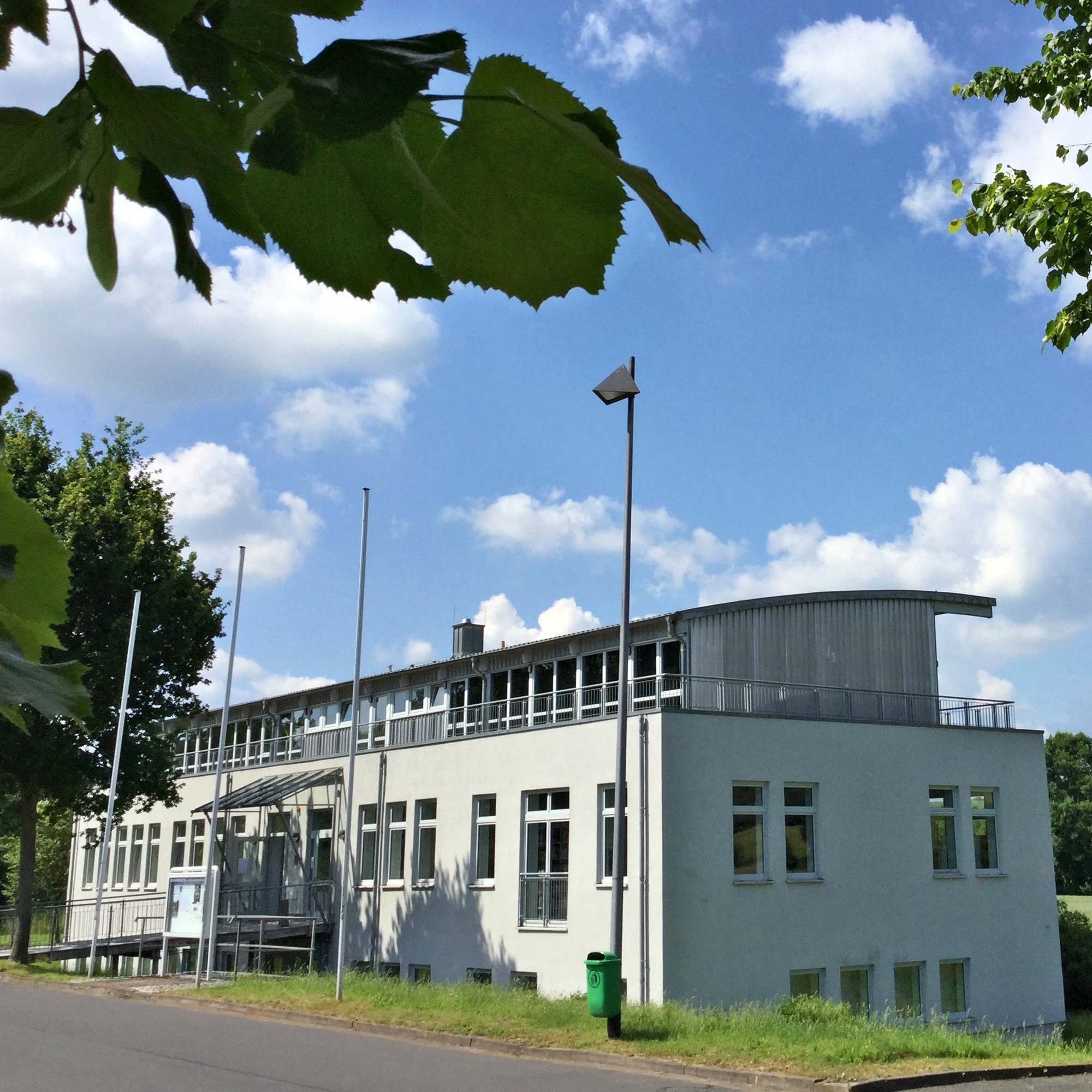
2000
In June 2000 an educational center was added to the museum’s facilities. It is located inside the former canteen building of the border crossing point. The building holds seminar rooms, a library and the archive. The same year, the 6 km long Borderland Trail was overhauled with information panels.
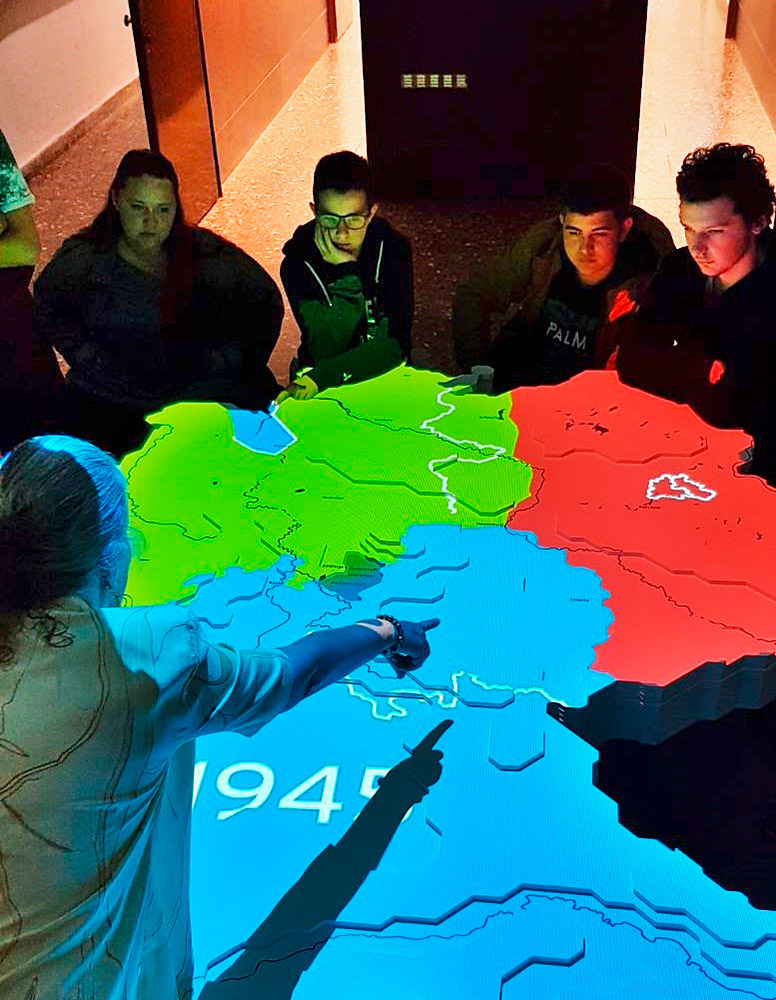
2010
A new multimedia exhibition is opened and includes a newly built visitor center.
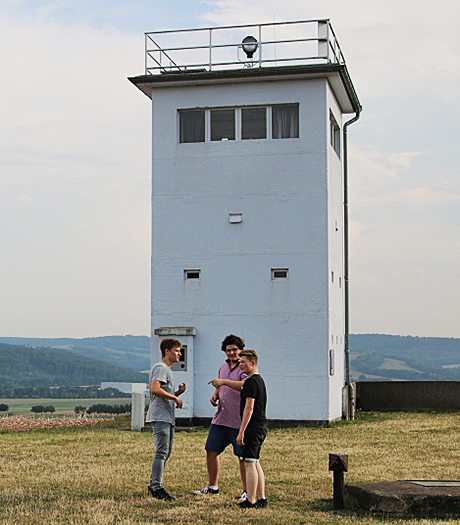
2012
In 2012, the observation tower of the East German border troops on the Borderland Trail was refurbished and reopened. It can be visited during guided tours. Also, a new exhibition pavilion about the European Green Belt was opened on the museum’s areal the following year.
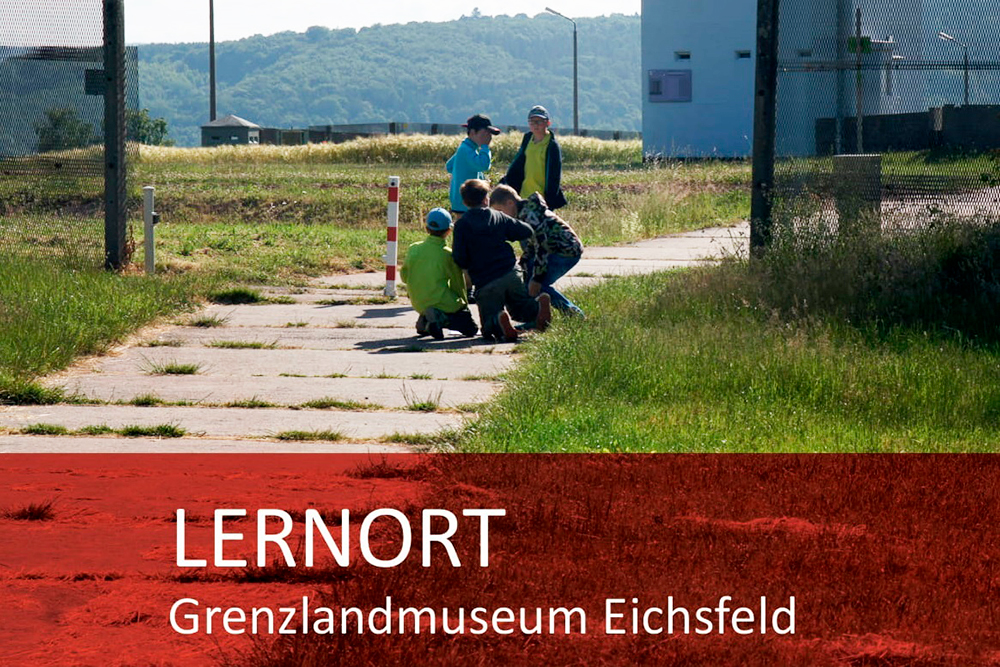
2016
Until 2016, the Borderland Museum Eichsfeld had been managed in an honorary capacity. With the partial reorientation of the museum and its educational offers, the program includes various offers for people of all ages and backgrounds.
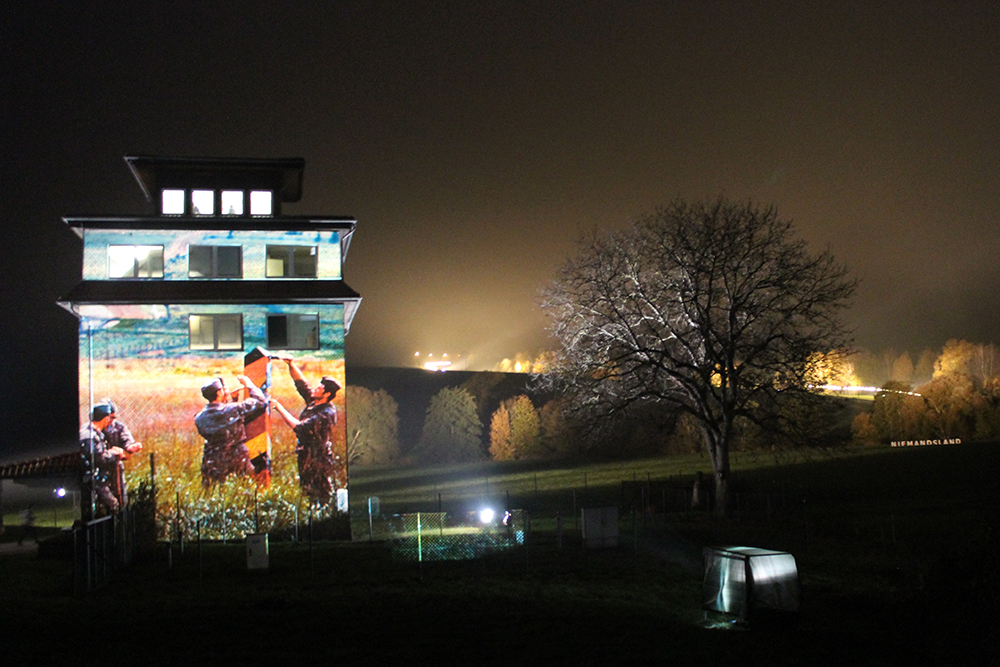
2019/2020
On the anniversary of 30 years since the Peaceful Revolution, the opening of the border and the re-unification of Germany, the Borderland Museum offered many cultural activities and events. Among them was a big light and sound art installation in November 2019.
Our team
Contact persons
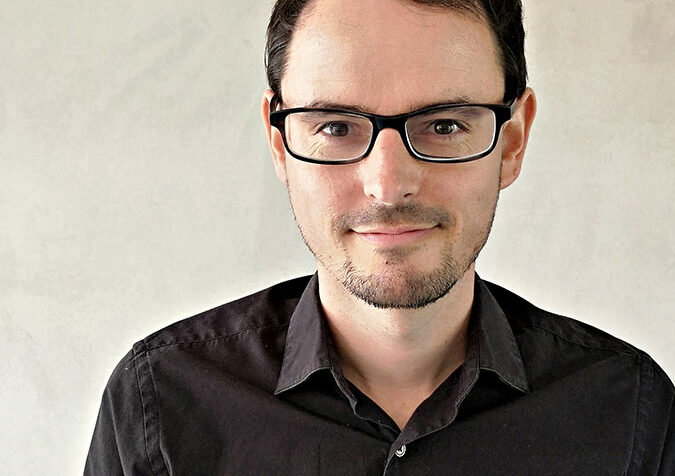
Patrick Hoffmann
Public Relations and Events
Telefon: 036071/900040
E-Mail: p.hoffmann@grenzlandmuseum.de
Educational Program
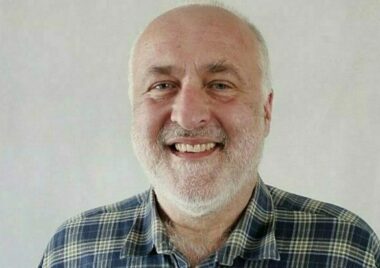
Georg Baumert
Environmental Education (Green Belt)
Telefon: 036071/900014
E-Mail: g.baumert@grenzlandmuseum.de

Franziska Bierwirth
Teaching Staff (History)
Telefon: 036071/900012
E-Mail: f.bierwirth@grenzlandmuseum.de
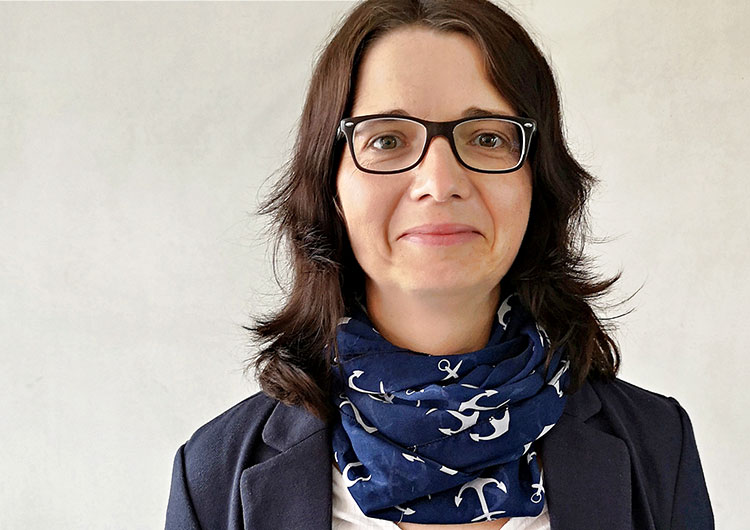
Sandy Konradi-Rieche
Teaching Staff (Politics)
Telefon: 036071/900012
E-Mail: s.konradi@grenzlandmuseum.de
Library and Archive
Federal Programme “Live Democracy!”

Association
Nonprofit organization and legal entity
The supporting association of the Borderland Museum Eichsfeld was founded in 1996 and today has around 200 members.
The association runs the Borderland Museum. With the museum it aims to document the division of Germany and the Eichsfeld region and to take responsibility for a democratic and peaceful development in today’s Germany.
The museum is to make an important contribution to historical-political education and the creation of a critical awareness of history.
Presidency
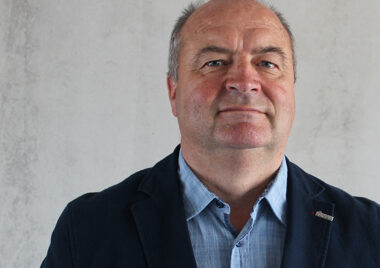
HORST DORNIEDEN
President
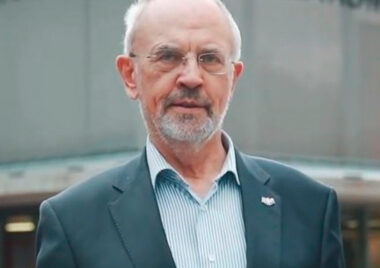
WOLFGANG NOLTE
Vice President
Donation
Support the Borderland Museum Eichsfeld
Contribute
Invest in the preservation of the
historical facilities and buildings
Sparkasse Duderstadt
IBAN: DE96 2605 1260 0001 3819 61
BIC: NOLADE21DUD
Thank you for your support!
Networks
Links and information about our partners
The Borderland Museum Eichsfeld is an active member in the following networks of memorial sites, museums and institutions dealing with the contemporary history of Germany (information below in German):
